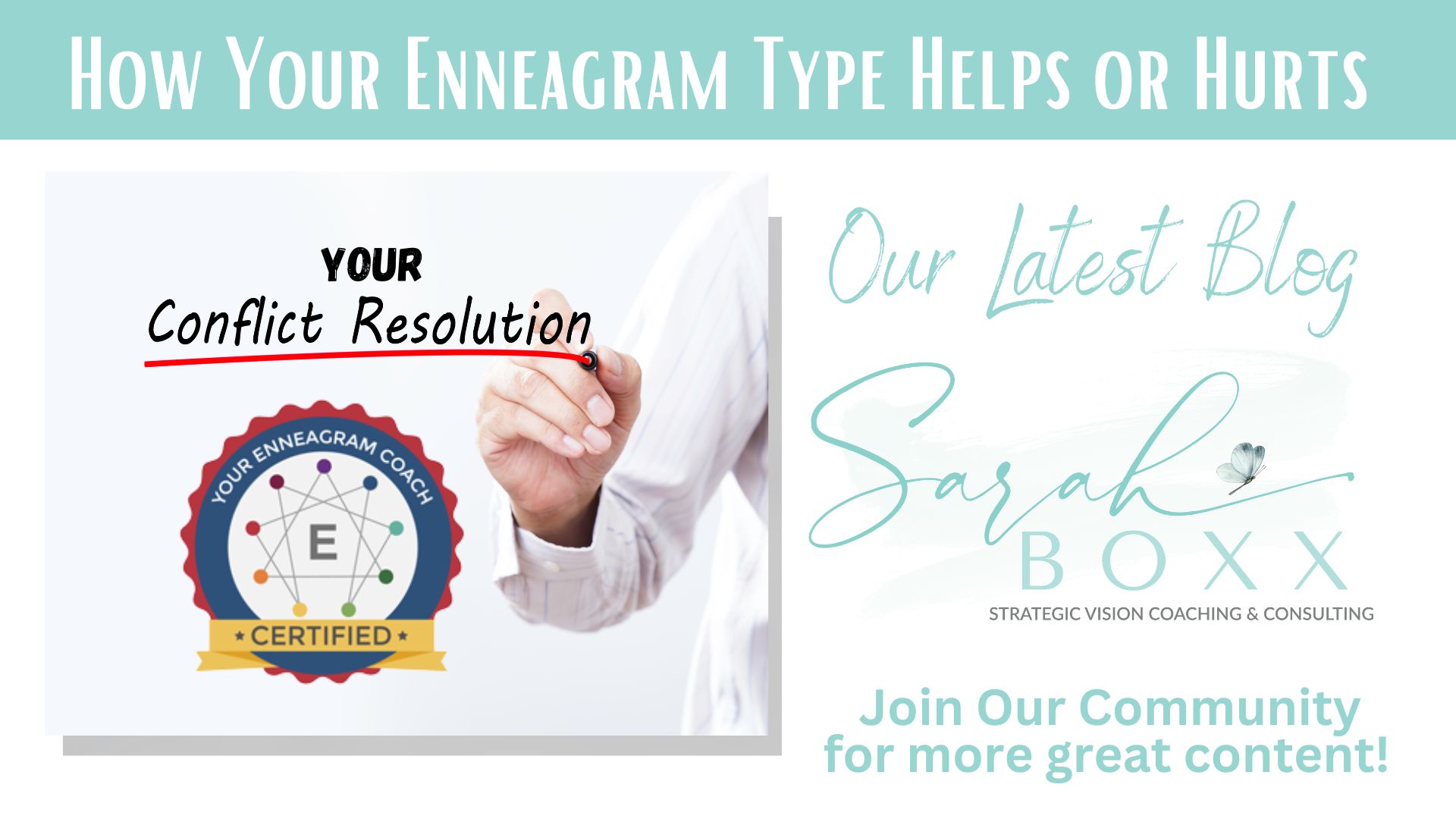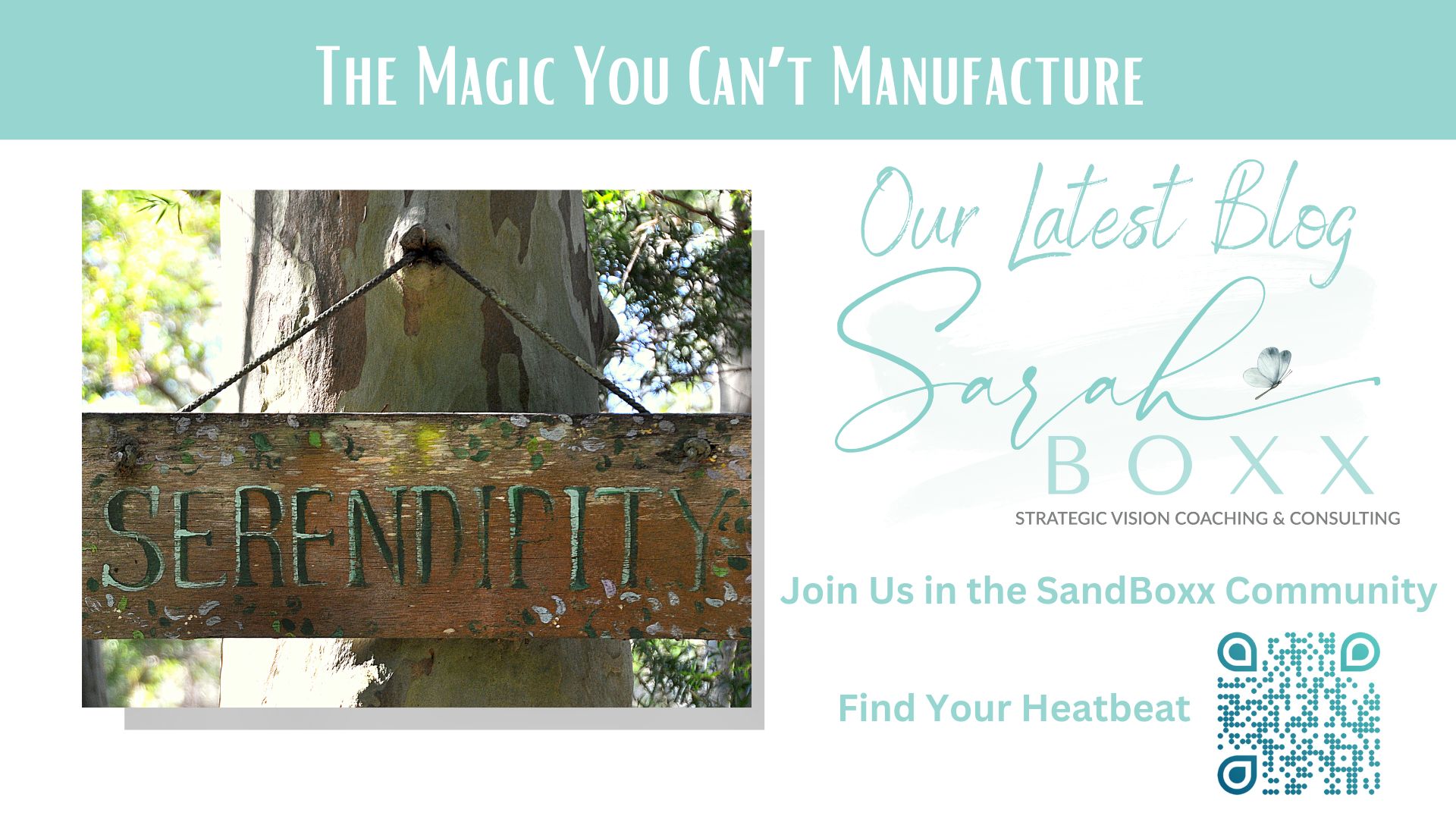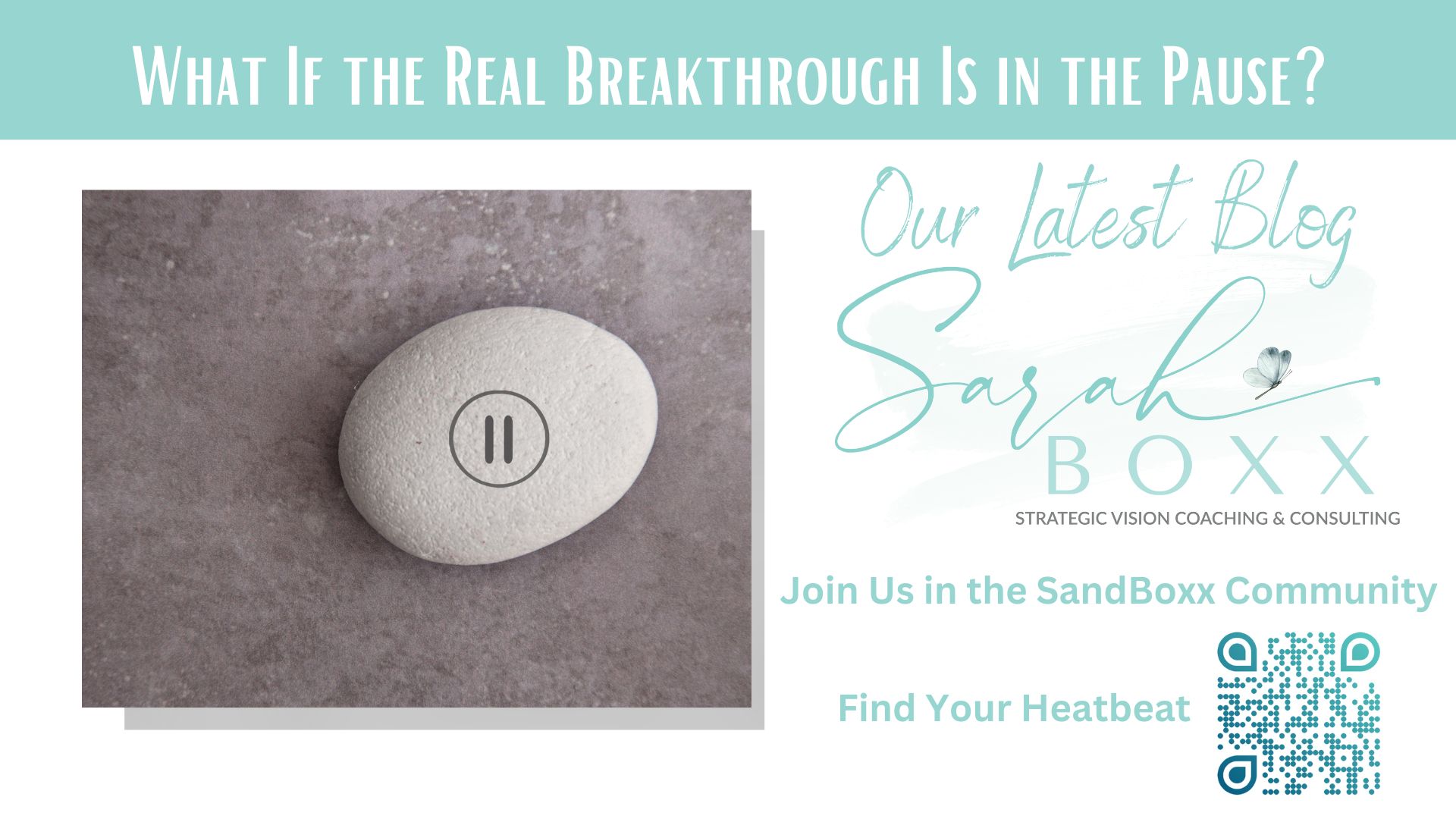Article contributed by Jenn Whitmer
Three cousins walk into a bar.
An illustration on conflict.
A fireball on ice, cucumber soda, silver martini, and sampler app ordered at the counter. The group grabs a table, plunks down their white table number, and starts catching up.
After 20 minutes of laughing and talking, they notice their appetizer has not arrived.
- Silver Martini, with a wave of the hand and smiling: “Oh, wow! We were just having so much fun. I’m sure they’re just busy back there, and it will be delicious when it arrives.”
- Fireball, clenching her fists: “Can you believe that? I mean, really, what terrible service. Aren’t you frustrated by this?”
- Cucumber Soda, popping up: “Well, I’ll just see what’s going on. No big deal. I’ll take care of it.”
So now imagine… What if that bar is how folks in your workplace deal with conflict?
Can you picture the silver martinis? What about the fireballs? Who are your cucumber sodas? And most importantly, who are YOU at the bar?
How do these different responses feel?
I know for me, I’m ready just to slide over it and say, “it’s ok!” and the other responses feel distant, uncomfortable, or even wrong.
The wisdom of the Enneagram shows us these three conflict styles have strengths and challenges. I work with a lot of teams and leaders. And I’m continually reminding folks of this truth:
You must begin with yourself and how you react to conflict, hard conversations, or simply a situation that feels disappointing.
If you remain unaware of how you show up, two things happen:
- You have unmet expectations of how conflict “should be done.” (Because you believe everyone thinks just like you!) And disappointment and growing conflict will follow you.
- Your own challenges are living in your blind spot. Like your drink teetering on the edge of the countertop that shatters because you didn’t see it, your unseen challenges cut you and those around you, limiting your opportunities for healthy resolutions.
- You waste significant amounts of time and money. We squander, on average, 3 hours a week dealing with the fallout of unresolved conflict at work (yes, just at work). During that time, you’re losing focus, repeating tasks, avoiding a coworker, and spending 30+ minutes rewriting a 3-sentence email, so it SOUNDS. JUST. RIGHT. (You’ve been there, right?) If we play a little game I like to call “Math is Exciting,” that 3 hours a week equals nearly a MONTH of your work year. spent avoiding and dealing with the problems that come from unresolved conflict.
Here’s the good news: When you use the Enneagram personality framework to recognize your conflict coping styles, you can lead yourself and others into healthier conflict resolution.
The Enneagram shows us three Conflict Coping Styles:
- Reactive: The Dynamite
- Logical: The Cool Cucumber
- Optimistic: The Silver Lining
So you remember the Jeff Foxworthy joke, “You might be a redneck if…?” So I’m taking that to the Enneagram conflict coping styles.
You might be a Dynamite if…
Catchphrase: “Argh!! Aren’t you upset about this??”
The Reactive Triad — Fours, Sixes, and Eights
Do you tend to:
- Get worked up and intense at first?
- Get frustrated when others don’t respond with the same level of emotional intensity?
- Get moody, pessimistic, or confrontational?
So here are some great things about Dynamites:
- You help us all remember that emotions are a part of every conflict. We can’t just push them to the side.
- You make it easier to bring those emotions out on the table.
But like everyone else, you’ve got some places you can grow. You may have heard this one before…you can be intense. And your intensity isn’t wrong, but it can be distracting to others and get in the way of getting what you want. And if you’re being honest, could it be that your emotional reaction is a shield to protect yourself against others and the disappointment of a conflict?
Here’s a trick you can do right as the flash of intensity comes. (You don’t need to become restricted and robotic, but just lower the intensity a bit.)
Take a slow, low breath. Mentally imagine yourself turning a dial from 100 down to 60. Release that breath. Imagine the safe way of releasing that InstaPot quick-release valve. Now, ask an open-ended question of the other person. Even if it’s just, “That’s surprising to me. Can you tell me more?”
You’re still at a 60, but now your passion is released in a healthy way, and solutions become clear.
You might be a Cool Cucumber if…
Catchphrase: “What’s the right way?”
The Competency Triad — Ones, Threes, and Fives
Do you tend to:
- Leave your emotions behind or even detach to remain calm?
- Focus on facts, rules, and tasks?
- Value maintaining emotional control?
So my Cool Cucumber, you bring some fantastic traits to the conflict table too. Particularly the ability to focus on precise solutions and action items.
And while you love to be competent and controlled, you do have a blind spot in conflict. You often detach from emotions and want others to behave dispassionately as well. So growth for you looks like incorporating others’ feelings (I know!), so you can understand the emotional impact of a conflict and its solution. Relax your death grip on THE. RIGHT. WAY. and get curious about multiple perspectives and solutions.
So here are the bullets on how you do this:
- Slow down.
- Ask more questions.
- Identify your emotions (rather than put them in a nice bedazzled box for later.)
This doesn’t mean a kumbaya cry fest. But it does mean expressing emotions in authentic ways. Often it’s as simple as, “I feel frustrated by this.” And then asking others how they feel.
You might be a Silver Lining if…
Catchphrase: “Well, at least…”
The Optimistic Triad — Twos, Sevens, and Nines
Do you tend to:
- Respond with the silver lining first?
- Avoid negative emotions, yours and others’?
- Dismiss others as too negative or too detailed?
Silver Linings, you’re just “the sun will come out tomorrow” people. You remind us that we will get through this. You have the gift of giving the positives of any difficulty. You also don’t sweat the small stuff.
But in that non-sweaty state, you can really miss when a conflict actually needs to be addressed. If you shine a light underneath the positivity, what you often find is fear. Fear that the connection will be severed, that people won’t like you, or that you’ll be trapped in this painful spot forever.
What happens is that you neglect solving issues when they’re small. And then they become the very situations you fear, and you’ve tried to cover up with positivity. Ben Franklin’s irritatingly accurate aphorism is what you need: A stitch in time saves nine.
As an expert at moonwalking out of a conflict, here’s what you can do in the moment. Stay engaged and feel the disappointment. Reflect back on what the other person is saying before you reframe it. Be brave to face conflict before you feel ready.
Which one are you? Which one made you want to walk right out of the bar?
Notice that. How can you apply this awareness to the conflict you’re thinking about right now?
Regardless of your coping style, your relationships will rise and fall on your ability to manage conflict. You can learn when it’s time to face those hard conversations. You can learn how to respond rather than react. You can own your strengths and support your weaknesses.
Rather than feeling out-of-control and ineffective, you’ll feel confident and influential with flourishing relationships — no matter what bar you’re in.
About the Author:
Jenn Whitmer helps teams and leaders solve conflict, cultivate communication, and create empowered teams. Sought after keynote and TEDx speaker and consultant, she talks about hard topics with infectious joy. Through working with Jenn, teams improve communication, work through conflict, and build self-awareness with the Enneagram. She believes work can be a joy, people can be whole, and organizations can flourish all at the same time. Usually, that means laughing.
Connect with Jenn:
IG: @jenn_whitmer https://www.instagram.com/jenn_whitmer/
LinkedIn: Jenn Whitmer https://www.linkedin.com/in/jennwhitmer
No Labels, No Limits Podcast: Listen to Jenn!





